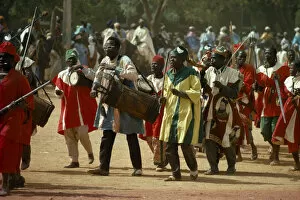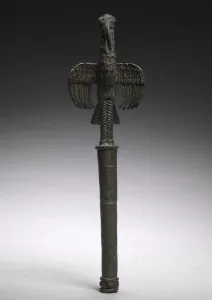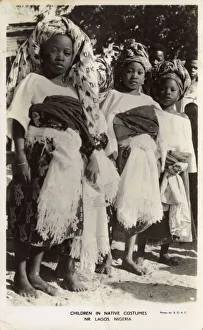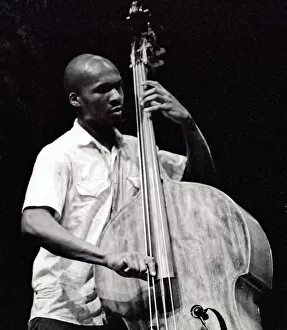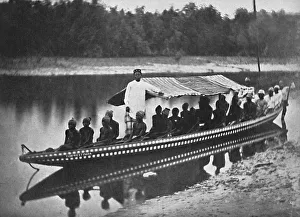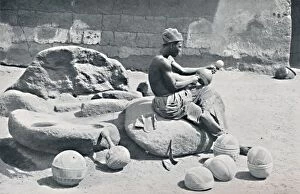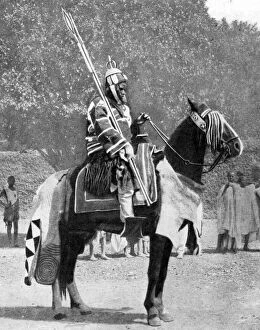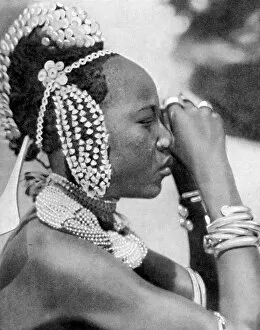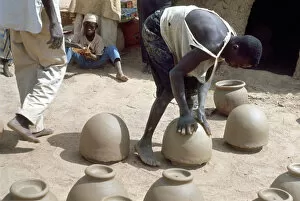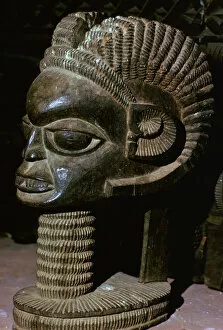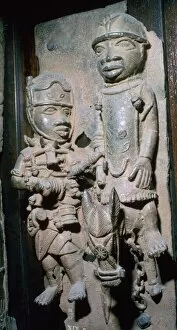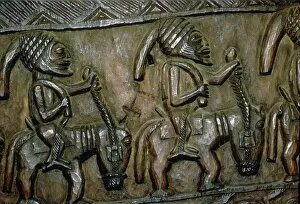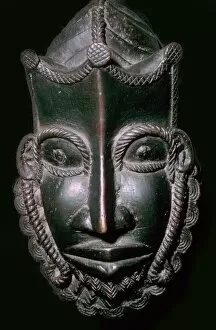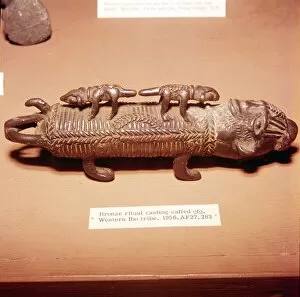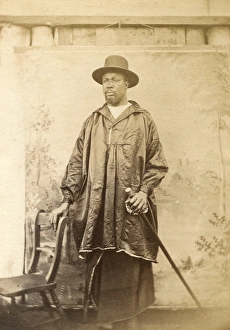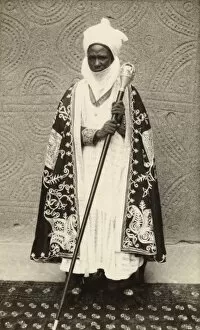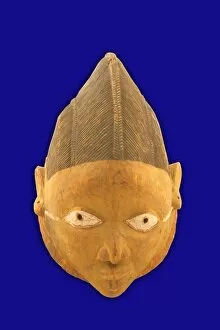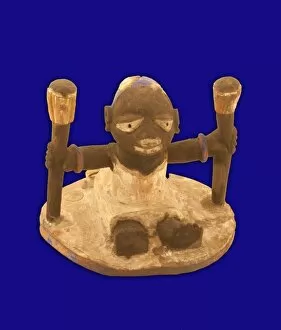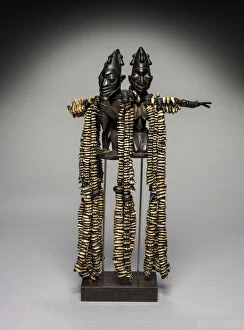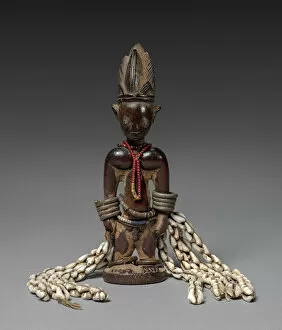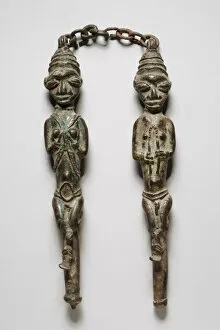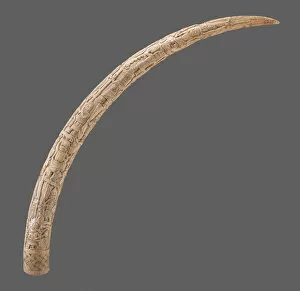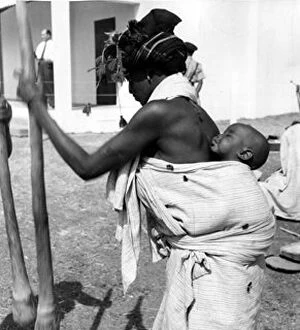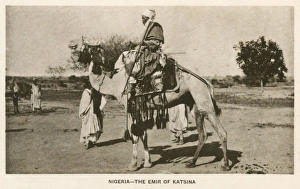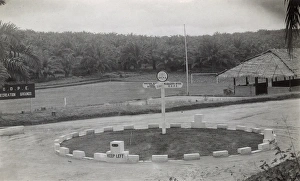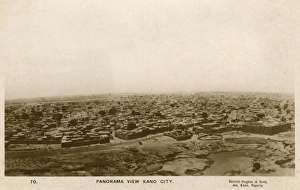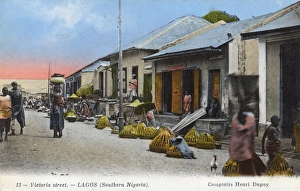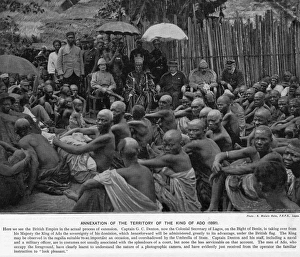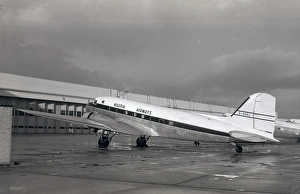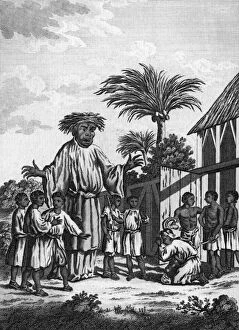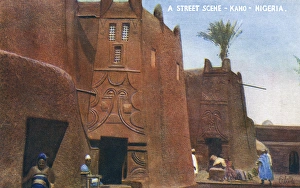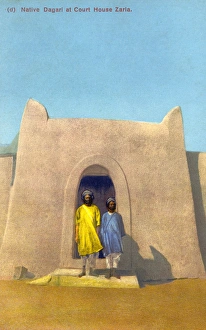Nigeria Collection (page 6)
Nigeria: A Tapestry of Culture, History, and Resilience Discover the vibrant nation through its rich tapestry of culture, history, and resilience
All Professionally Made to Order for Quick Shipping
Nigeria: A Tapestry of Culture, History, and Resilience Discover the vibrant nation through its rich tapestry of culture, history, and resilience. Located in West Africa and depicted on the political map of Africa, a land that captivates with its diverse landscapes and fascinating traditions. One cannot delve into Nigerian heritage without acknowledging the iconic ivory mask from Benin. Worn by the revered Oba of Benin during ceremonial occasions, this masterpiece represents the artistic prowess that has flourished throughout Nigeria's history. The bronze head adorned with a beaded crown and plume further exemplifies Nigeria's artistic brilliance. Dating back to the 12th-14th centuries, it stands as a testament to the skilled craftsmanship that thrived within Nigerian communities. Immerse yourself in everyday life at Zaria's bustling street market. Here you can witness firsthand the vibrant energy as locals engage in lively trade and commerce – an integral part of Nigerian society. Step into a Yoruba grocer's store to experience Nigeria's cultural diversity up close. The colorful array of spices, fruits, and vegetables showcases both traditional flavors and modern influences that have shaped Nigerian cuisine over time. Unleash your inner warrior as you explore Nigeria's historical significance. From ancient battles to struggles for independence like "Nigerian Rising 1895, " this nation embodies strength amidst adversity. Venture northward to Kano where tradition intertwines seamlessly with modernity. This city epitomizes Nigeria's ability to embrace progress while preserving its unique heritage – a true testament to its dynamic spirit. Beyond artistry and history lies Sade - an internationally acclaimed singer hailing from Nigeria. Known for her soulful voice, she symbolizes how Nigerians continue to make their mark on global stages across various fields. Experience Lagos' vibrant atmosphere as Ebute Ero comes alive on market day.


